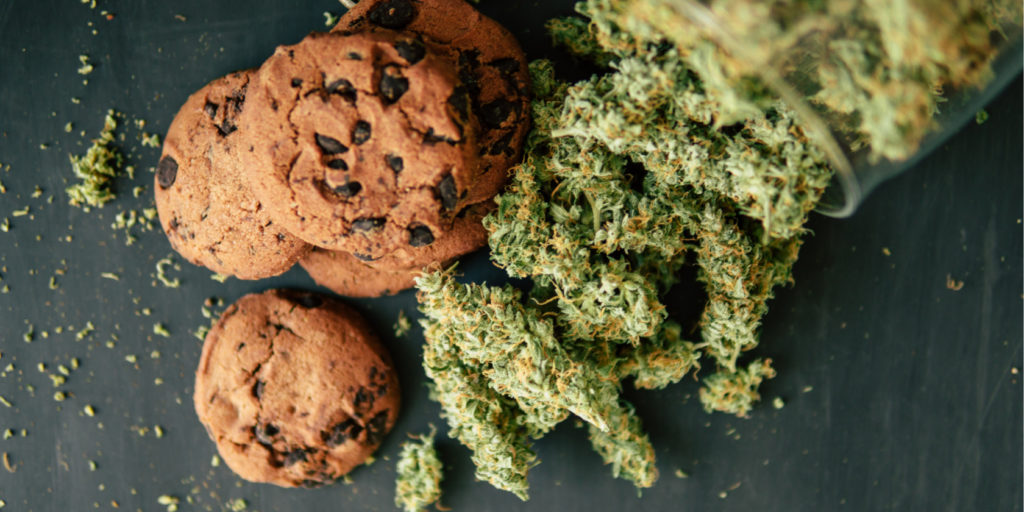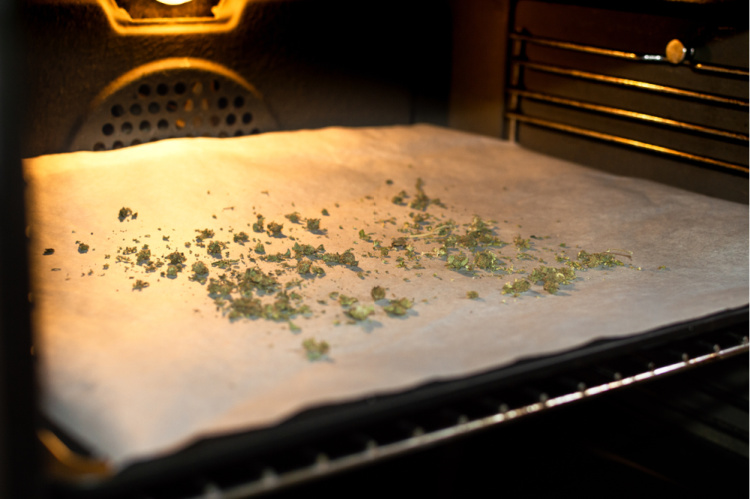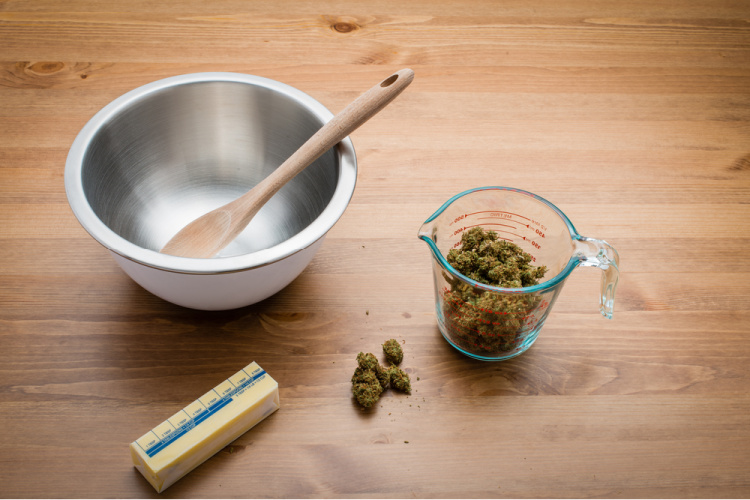When it comes to cannabis, there’s a lot to know. Even experienced consumers often find themselves learning new things about the timeless plant, and science itself is still making advances in its understanding of cannabis. One process that some cannabis lovers may be unfamiliar with is decarboxylation, an essential aspect of crafting many edibles.
What is Decarboxylation?
Decarboxylation is a process that cannabis undergoes when it is superheated, thus “activating” many of the special psychoactive compounds within cannabis. Most cannabis consumers are aware of the psychedelic, mind-bending high that THC induces. However, before decarboxylation, THC exists within cannabis as THCA, a compound which is not psychoactive. Decarboxylation is essentially the magic by which THCA is transformed into THC, that lovable cannabinoid. And if you want your edibles to pack that punch that storebought edibles do, you need to decarboxylate your bud before making cannabutter or canna-oil.
Decarboxylating cannabis is relatively simple. First, grind your cannabis up finely, though not so fine as to become powdery, as cannabis that is ground too much can risk becoming burnt. Arrange your cannabis evenly over a baking sheet, and place into an oven heated to 220 degrees. After about 35 minutes, your cannabis should be nicely decarboxylated and ready to add to any number of edible recipes.
Benefits of Decarboxylation
Prior to undergoing this process, cannabis is less potent than it would otherwise be, thus making decarboxylation an important step when attempting to infuse a recipe with cannabis. Cannabis that is absent of proper decarboxylation will likely not be absorbed by the body to nearly the same degree as its decarboxylated counterpart.
Many cannabis sellers also lightly decarboxylate their flower products by leaving them to dry for extended periods of time in a process known as “curing”. While decarboxylation occurs naturally when smoking, cannabis consumers, in general, may find that taking the time to heat their cannabis first can result in more potent bowls and easier burns, as cooked cannabis can produce more smoke.
When to Use Decarboxylation
You should decarboxylate your cannabis whenever baking edible goods or when adding cannabis in any recipe that calls for ground flower. Infusing some edibles, such as certain candies or beverages, will require the use of cannabis oil rather than flower, but by and large, recipes that require decarboxylation will generally let you know.
Finally, the same rules for decarboxylating THC-rich cannabis strains apply to CBD strains as well. Decarboxylating evokes the soothing qualities that CBD is known for, making the process intrinsic to the creation of CBD edible products. Likewise, decarboxylation can result in the expression of other, lesser-known cannabinoids as well like CBN, which is partially responsible for the powerful relaxing effects of cannabis.
If you think you’re ready to bake up some treats, check out this cannabutter recipe to get started. This butter can be used in any recipe you want.
There is a drawback to making your own edibles, though. Whereas our in-store edibles are clearly marked with how much THC you can expect from each serving, homemade edibles are a mixed bag. The THC percent will depend on the flower you use, your decarboxylation process, how much cannabutter or other infused fat goes into your baked goods, and how big your servings are. If you want to skip the guesswork and save yourself from a bad high, opt for one of our tasty edibles. If you’re all for doing it yourself, grab some good bud at our Santa Rosa dispensary. You can see what’s in stock on our online dispensary menu.




